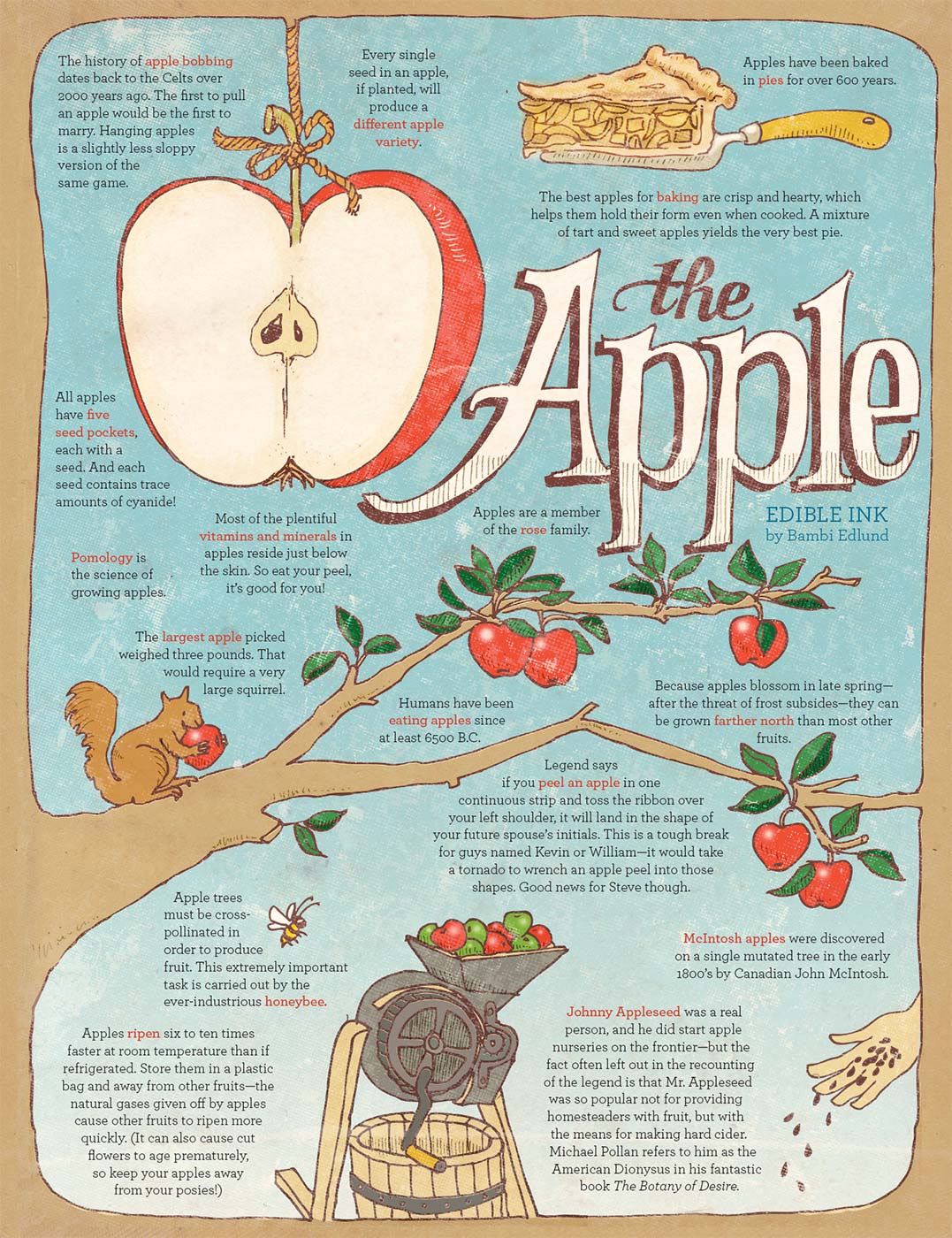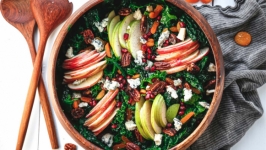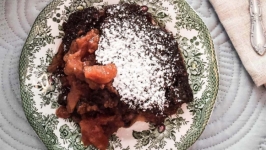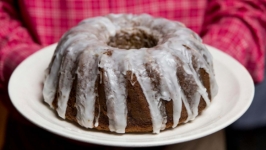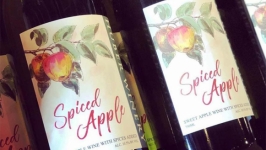The Apple
The history of apple bobbing dates back to the Celts over 2000 years ago. The first to pull an apple would be the first to marry. Hanging apples is a slightly less sloppy version of the same game.
Every single seed in an apple, if planted, will produce a different apple variety.
Apples have been baked in pies for over 600 years.
The best apples for baking are crisp and hearty, which helps them hold their form even when cooked. A mixture of tart and sweet apples yields the very best pie.
All apples have five seed pockets, each with a seed. And each seed contains trace amounts of cyanide!
Pomology is the science of growing apples.
Most of the plentiful vitamins and minerals in apples reside just below the skin. So eat your peel, it’s good for you!
The largest apple picked weighed three pounds. That would require a very large squirrel.
Apples are a member of the rose family.
Humans have been eating apples since at least 6500 B.C.
Because apples blossom in late spring—after the threat of frost subsides—they can be grown farther north than most other fruits.
Apple trees must be cross- pollinated in order to produce fruit. This extremely important task is carried out by the ever-industrious honeybee.
Legend says if you peel an apple in one continuous strip and toss the ribbon over your left shoulder, it will land in the shape of your future spouse’s initials. This is a tough break for guys named Kevin or William—it would take a tornado to wrench an apple peel into those shapes. Good news for Steve though.
McIntosh apples were discovered on a single mutated tree in the early 1800’s by Canadian John McIntosh.
Apples ripen six to ten times faster at room temperature than if refrigerated. Store them in a plastic bag and away from other fruits—the natural gases given off by apples cause other fruits to ripen more quickly. (It can also cause cut flowers to age prematurely, so keep your apples away from your posies!)
Johnny Appleseed was a real person, and he did start apple nurseries on the frontier—but the fact often left out in the recounting of the legend is that Mr. Appleseed was so popular not for providing homesteaders with fruit, but with the means for making hard cider. Michael Pollan refers to him as the American Dionysus in his fantastic book The Botany of Desire.
